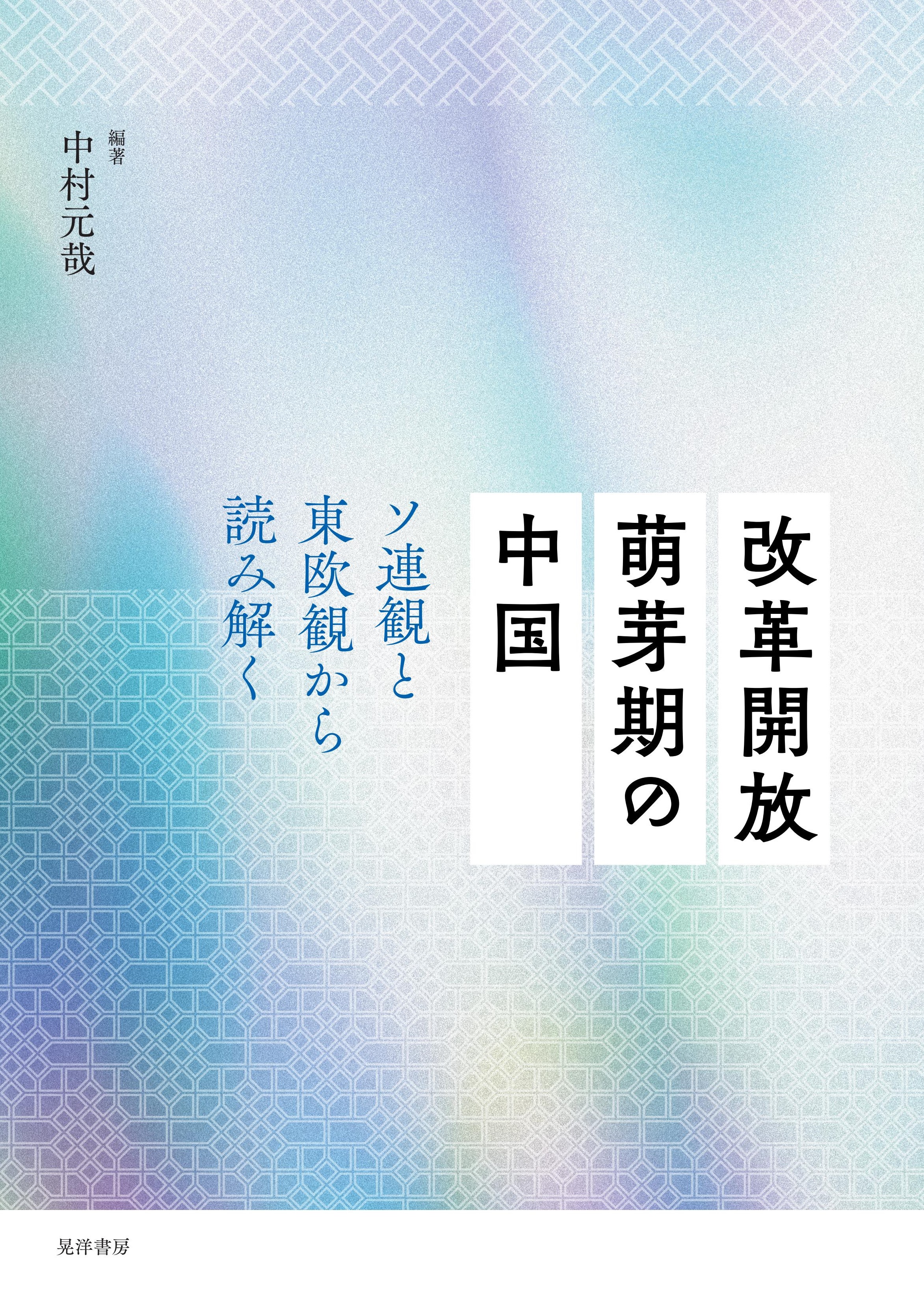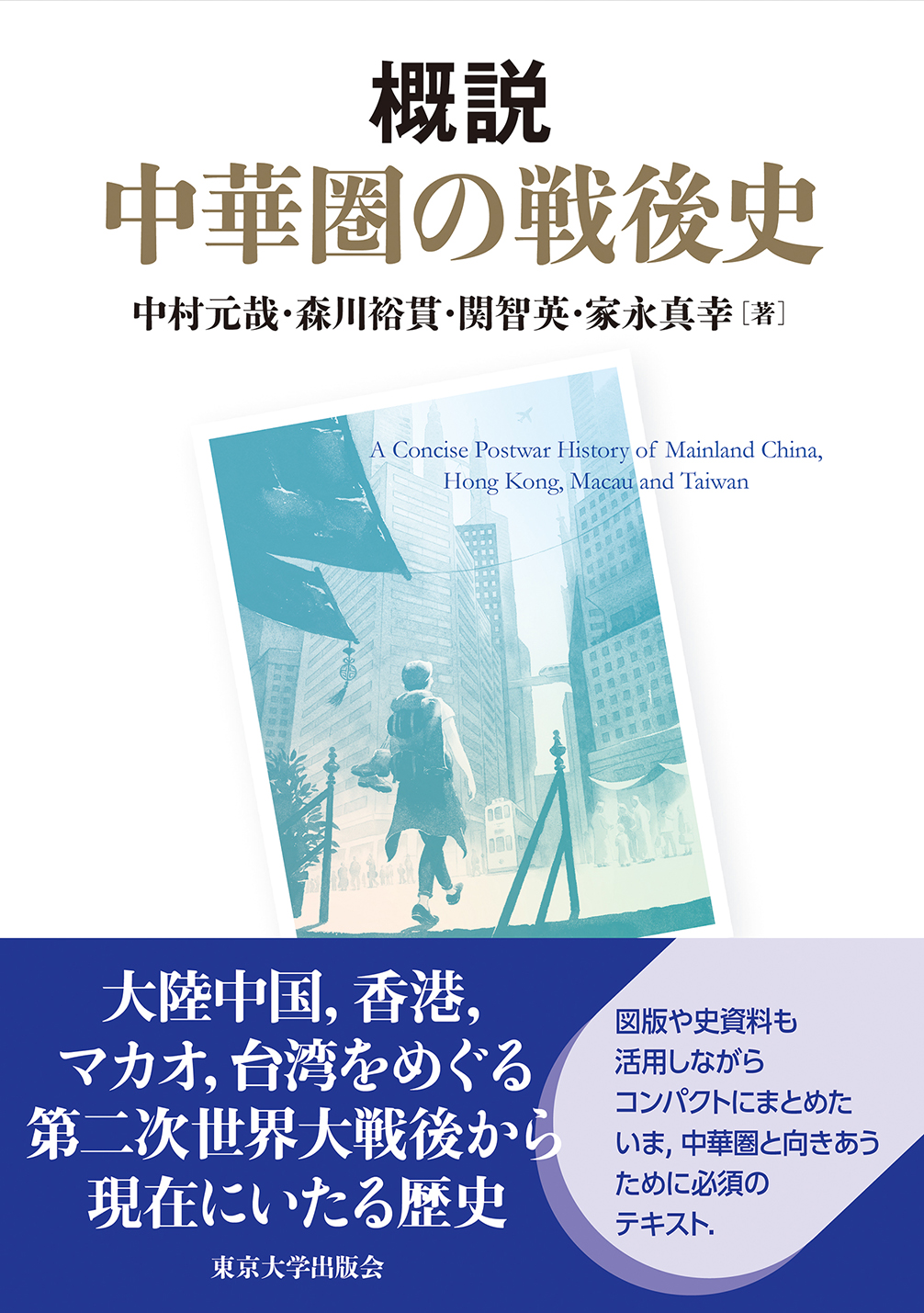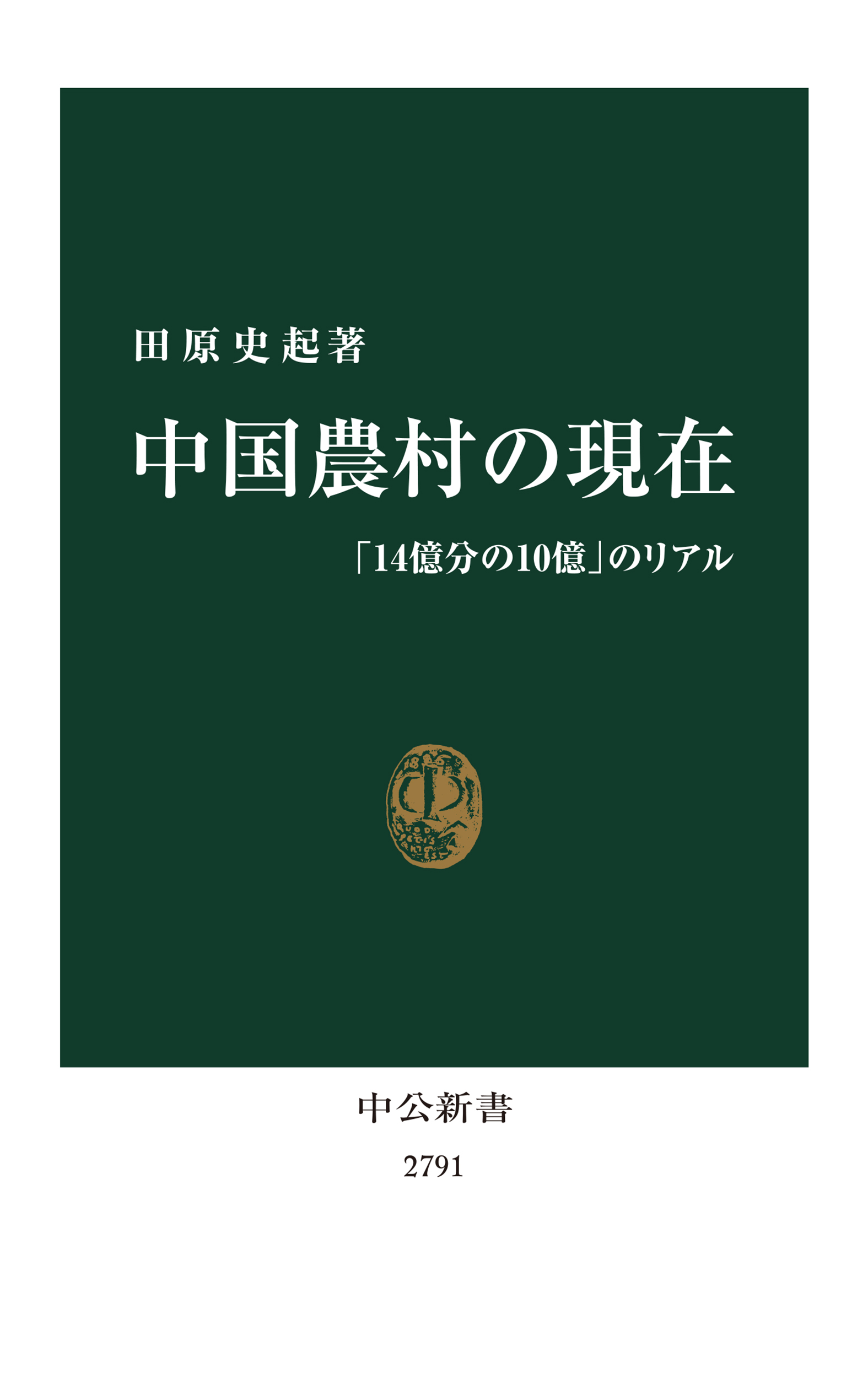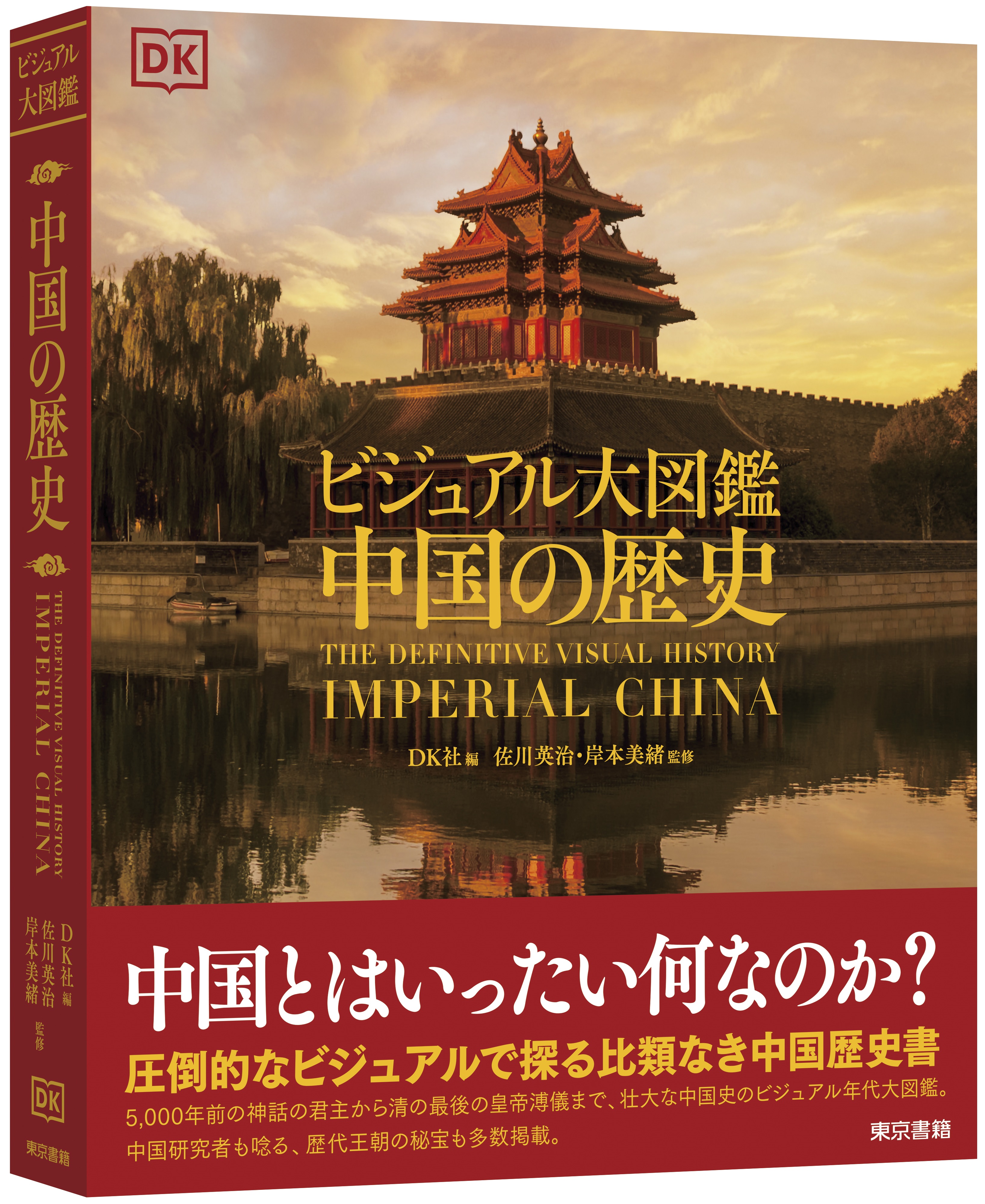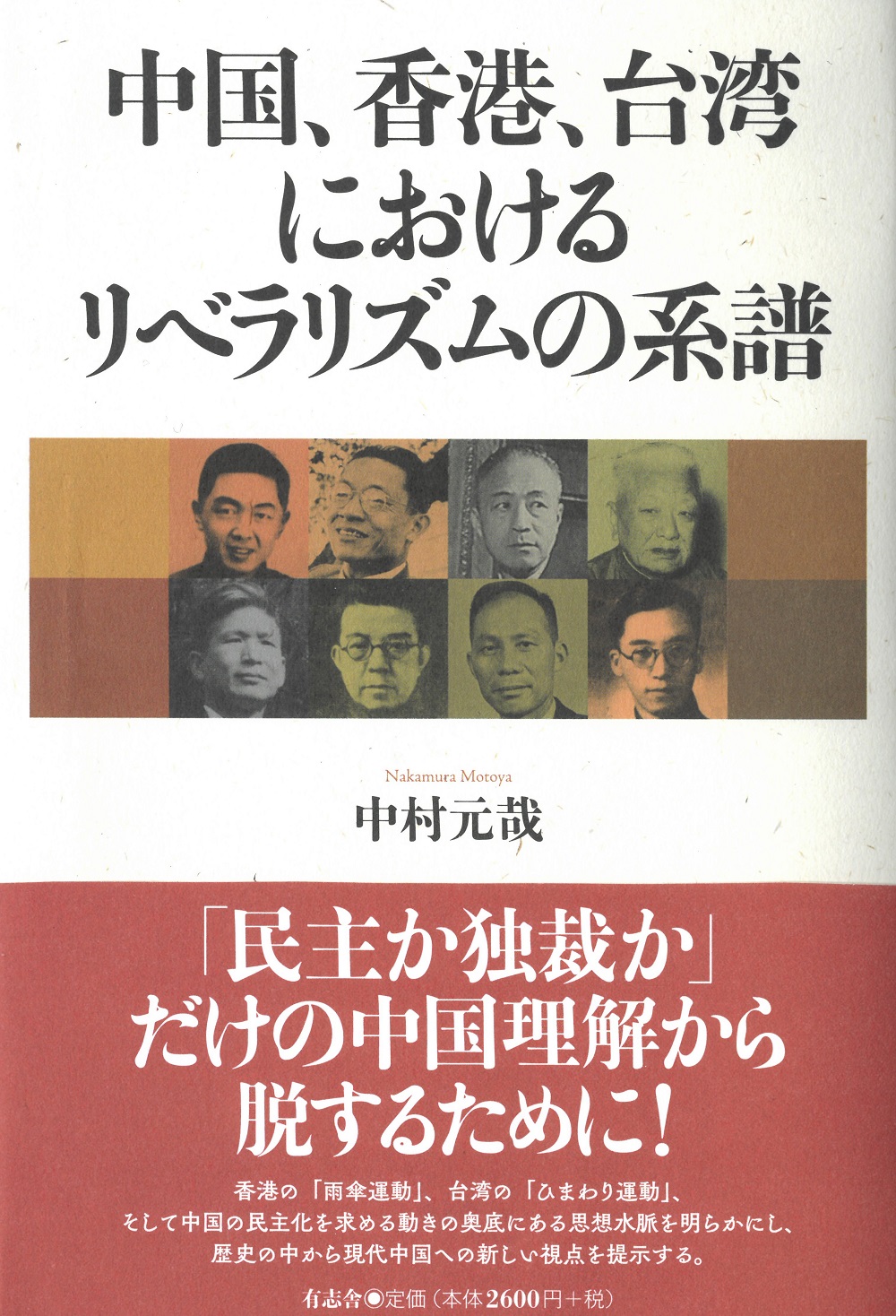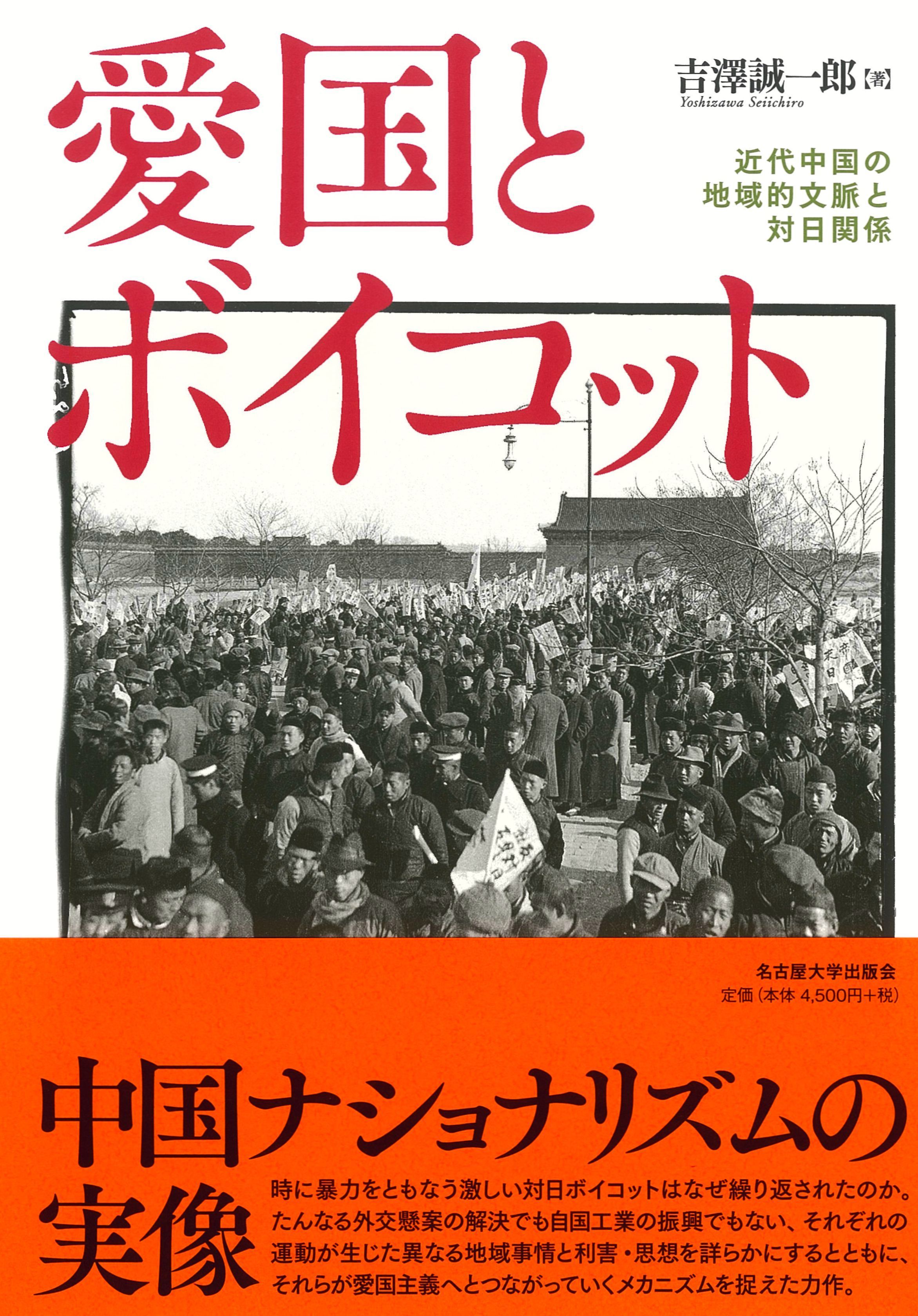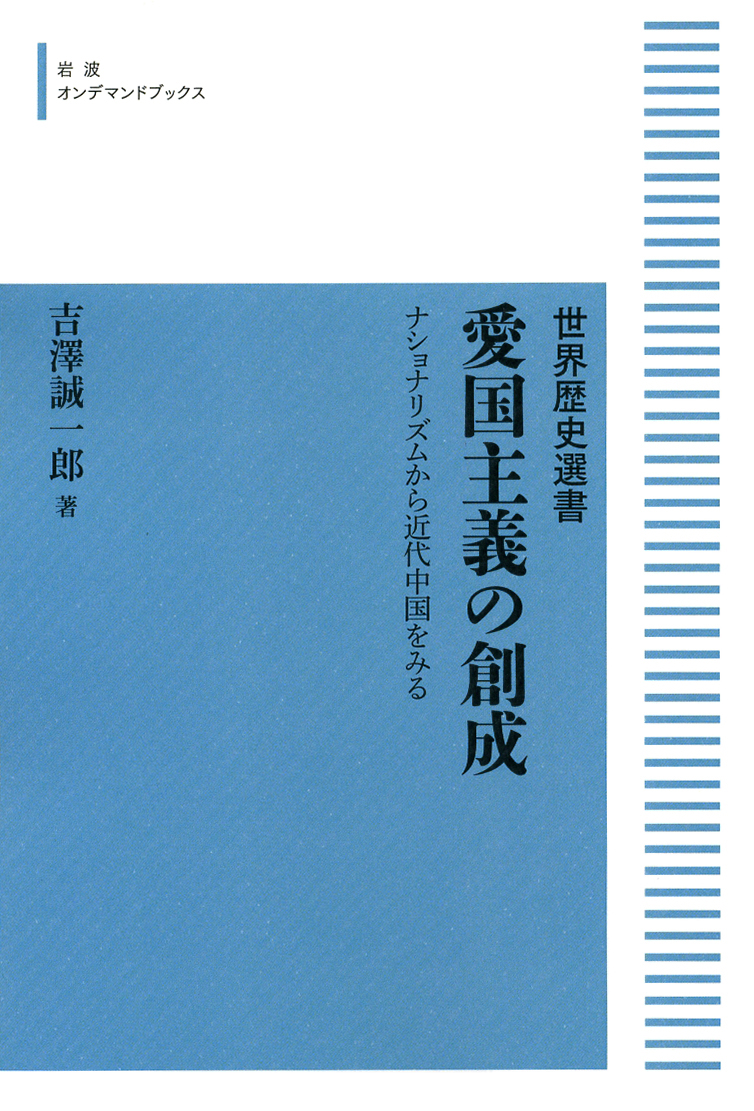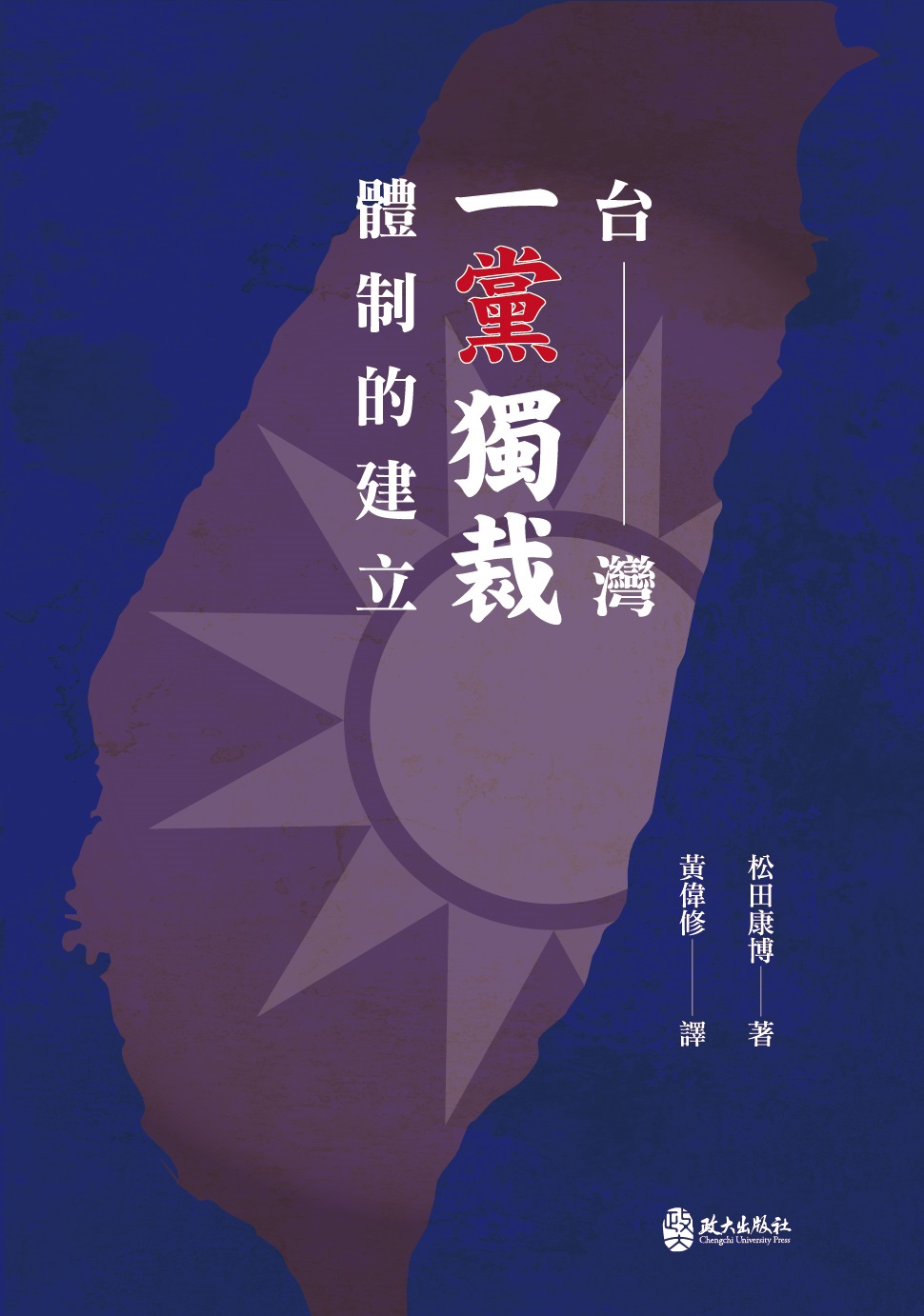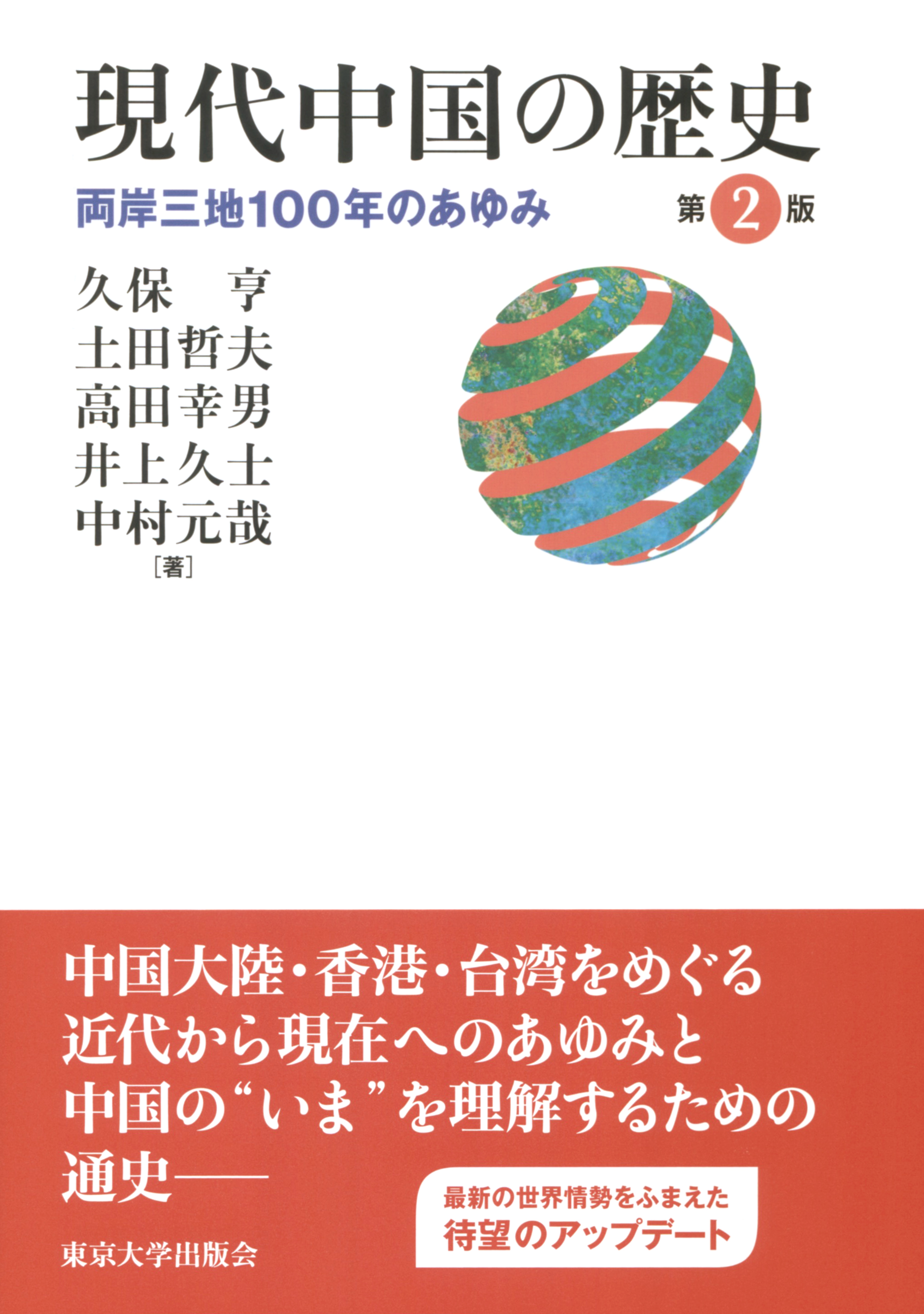
Title
Gendai-Chugoku no Rekishi [Second Edition] (The History of Modern China - One Hundred Years of Mainland China, Taiwan, and Hong Kong)
Size
304 pages, A5 format
Language
Japanese
Released
September 24, 2019
ISBN
978-4-13-022026-2
Published by
University of Tokyo Press
Book Info
See Book Availability at Library
Japanese Page
No one living in Japan will deny the importance of knowing about its neighbour China. This is because economic and cultural exchange between Japan and China has been continuing for millennia, their relationship has become even stronger since the late twentieth century, and since the start of the twenty-first century China itself has become a major power and raised its presence in the world. Of course, for China, too, Japan is an important neighbour and no doubt occupies a special place among the countries of the world since there is no other country with which China is able to share its Sinographic culture to the extent that it can with Japan.
However, the mutual perceptions of Japan and China do not mesh very well with each other. In particular, in the twentieth century there broke out an unfortunate war between them, and even after the war Cold War thinking accompanied by ideological conflict overshadowed their relationship, as a result of which perceptions of each other’s country have become greatly distorted. In order to resolve this problem, continuing efforts are necessary on both sides, but for its part it is important for Japan to quietly go about doing what it can. There is no point in simply fearing present-day China, which would seem to be seeking to seize world domination by force, and harbouring distrust of it. To begin with, what sort of path to modernization has present-day China taken to reach its current position?
The present book was compiled with a view to answering this question. The readers we have envisaged are undergraduates, foreign students, and the general reading public. Reflecting the very latest academic findings in an easy-to-understand manner, this book summarizes the history of the past hundred years or so since the late Qing period, which marked the starting point of modernization for China. Because the history of these past hundred years or so includes the shift from the Republic of China to the People’s Republic of China and the return of Hong Kong and Macao, this book also summarizes the complex relationship between mainland China, Hong Kong, and Taiwan. Therefore, by reading this book, the reader will be able to understand how modern and contemporary China has either positioned itself within the traditions of Sinocentrism and the logic and structure of nationalism or else distanced itself from them while sometimes also confronting issues common to Japan and other countries and so entered the twenty-first century, and how relations between mainland China, Hong Kong, and Taiwan have shifted in the course of these dynamic changes down to the present day. Present-day China was not cut off from the past by the 1949 socialist revolution, and so unless we know some of the historical facts about the preceding period, we will be unable to understand the foundations of the economic reforms that began to progress in real terms in the 1970s and the historical mentality of the patriotic education that has come to be emphasized since the late twentieth century.
For many people, expositions of history that place weight on facts may not be very interesting. But if one is ignorant of the facts and the latest interpretations of them, anything said about a subject will become nothing but empty discussion full of subjective assumptions. This is a practical book that forges a link between academia and society. At the same time, insofar that it is based on sound research findings, we believe that it is a book with worldwide currency.
(Written by NAKAMURA Motoya, Associate Professor, Graduate School of Arts and Sciences / 2020)



 Find a book
Find a book


